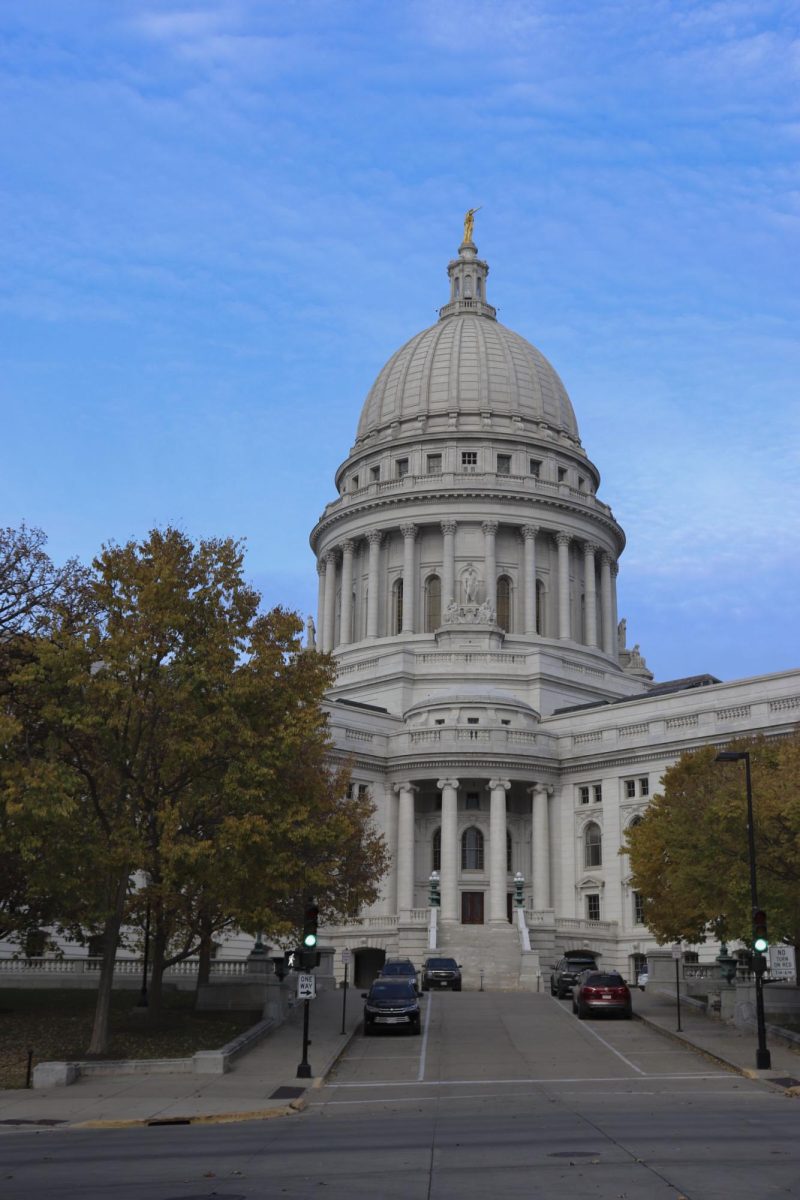The Biden-Harris Administration announced its plan to create national limitations on per- and poly-fluoroalkyl substances in drinking water March 14. This proposal is among the first to impose standards on PFAS in drinking water to protect the public health of communities.
University of Wisconsin associate professor in civil and environmental engineering Christy Remucal said having such PFAS regulations is long overdue. Many communities across the U.S. see varying levels of PFAS in their drinking water and therefore have different standards of what is an acceptable level for a community in particular. Imposing a federal regulation, Remucal said, will move away from this “patchwork approach,” where some states have regulations and some don’t.
The proposed federal regulation means, for communities both national and local, water utility companies will need to test for PFAS and other related chemicals regularly. By doing so, water utilities will need to confirm the levels of PFAS present in drinking water are below the regulated amount.
How Trout Lake Station allows for long-term research on Northern Wisconsin lakes
What this means for the Madison community is wells similar to Well 15, which is currently not in use due to high PFAS levels, will go offline because they exceed the new proposed regulations, Remucal said.
One source of PFAS is from firefighting foam, so areas impacted by firefighting, such as those near airports and military bases, typically see higher concentrations, Remucal said. Madison stopped using such foam and began collection of it for disposal in October 2022. Other sources of PFAS include industrial or landfill wastewater, biosolids such as fertilizer and even in rain — the chemicals are everywhere.
Such regulations come at a cost, which is more challenging for smaller communities to afford. But for communities like Madison with water utility companies being highly active and proactive, Remucal said it won’t be a huge deal. The upside to implementing these regulations is the removal of not only PFAS but also other harmful chemicals in drinking water.
The Lab Report: Students use Madison’s lakes to study climate change
Locally, Remucal said Madison’s PFAS concentrations are not as high as other communities across Wisconsin and across the country.
“The water utility [in Madison] has done a really good job of putting their PFAS concentrations that they measure and all the wells online,” Remucal said. “They’ve been really transparent about it, which is not true in a lot of other places. And I think compared to many utilities, we’re in pretty good shape.”
All the data is online, anyone can look up the wells near their home and the PFAS concentrations of them.














